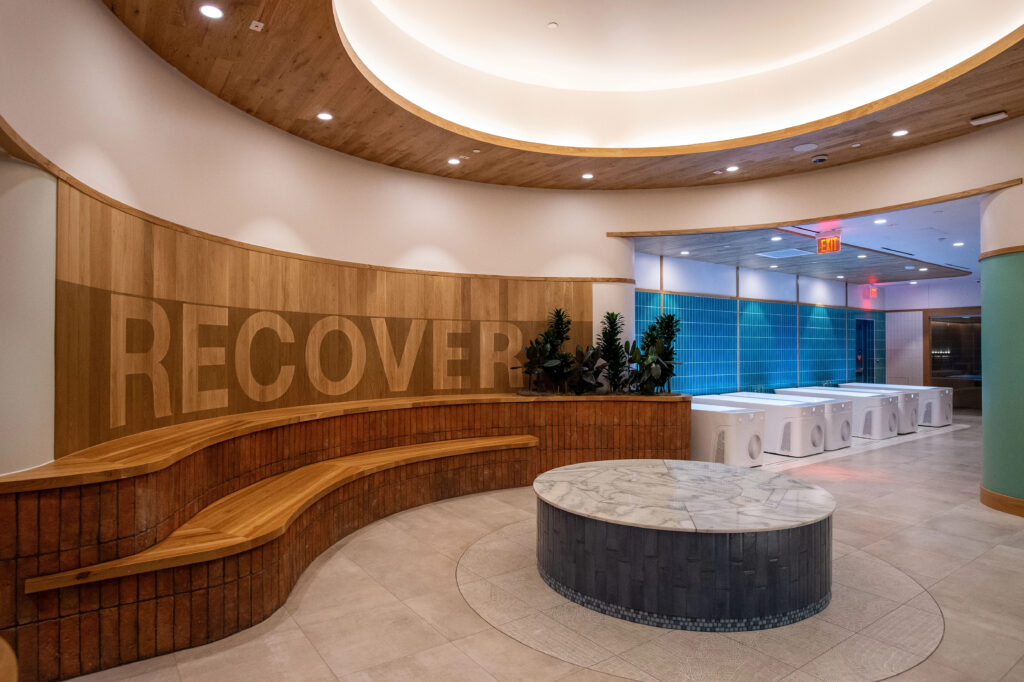Love.Life Aims To Put Everything You Need for Longevity Under One Roof

Co-founded by Whole Foods’ John Mackey, Love.Life offers everything from advanced medical diagnostics to cold plunges, saunas and traditional gym equipment
The barriers between healthcare, recovery and fitness are disappearing, giving rise to a new generation of wellness clubs that aim to treat the whole person. Love.Life, a 45,000-square-foot club in El Segundo, California, co-founded by Whole Foods’ John Mackey, epitomizes this trend.
Long before longevity became a buzzword, Mackey and his team were testing a different model of care rooted in lifestyle, education and behavioral change. Love.Life extends that ethos by combining advanced medical diagnostics, functional medicine, and recovery modalities like cold plunges, infrared saunas and red light therapy with fitness equipment, nutrition and mental health support under one roof.

“It’s about being side by side with you through the journey,” Michael Robertson, regional president of Love.Life, told Athletech News. “Most models give you data and leave you to figure it out. We’re building a team that actually helps you apply it.”
Members gain access to a collaborative care system that includes dietitians, physical therapists, behavioral health experts and Eastern medicine practitioners, all communicating behind the scenes. The model’s goal is to be the opposite of the fragmented, reactive system most people experience in traditional healthcare. The Love.Life model is proactive, measuring baselines, tracking progress and adjusting along the way.
“We’re really leading with prevention,” Robertson said. “It’s about helping people feel their best before there’s ever a problem.”
Community as a Catalyst
At its core, Love.Life is as much about community as it is about care. The space includes group classes, open recovery lounges and a “gather room” for continuing education where members can attend lectures, book author events and Q&A sessions with physicians.

“It’s a co-ed space where people come with friends or their spouse,” Robertson noted. “We’re creating something that feels approachable, not the bro gym, not the sexy gym, just a place where you feel supported.”
That sense of connection, whether through shared goals or shared spaces, may be one of Love.Life’s most powerful tools for behavior change — it’s also one that mirrors what keeps relationships thriving.
‘The Source of Truth’
Love.Life’s integrated model points to a future where health is both personal and social, where diagnostics, fitness and recovery exist within the same ecosystem. It’s a sharp contrast to what Robertson describes as a “game of telephone” in traditional care, where primary physicians, nutritionists and trainers operate in silos.
“Our goal is to be the source of truth,” he said. “Everything we do is science-backed. We’re showing with objective data that what we’re doing has an impact, whether it’s in your biomarkers, your sleep quality, or your energy levels throughout the day.”
That focus on measurable outcomes, combined with a community-driven environment, helps create what Robertson calls “stickiness,” or sustained engagement.
“When you have support, when you see progress in real time, that’s when it becomes part of your life,” He concluded. “You don’t fall off in three months because you’re not doing it alone.”



